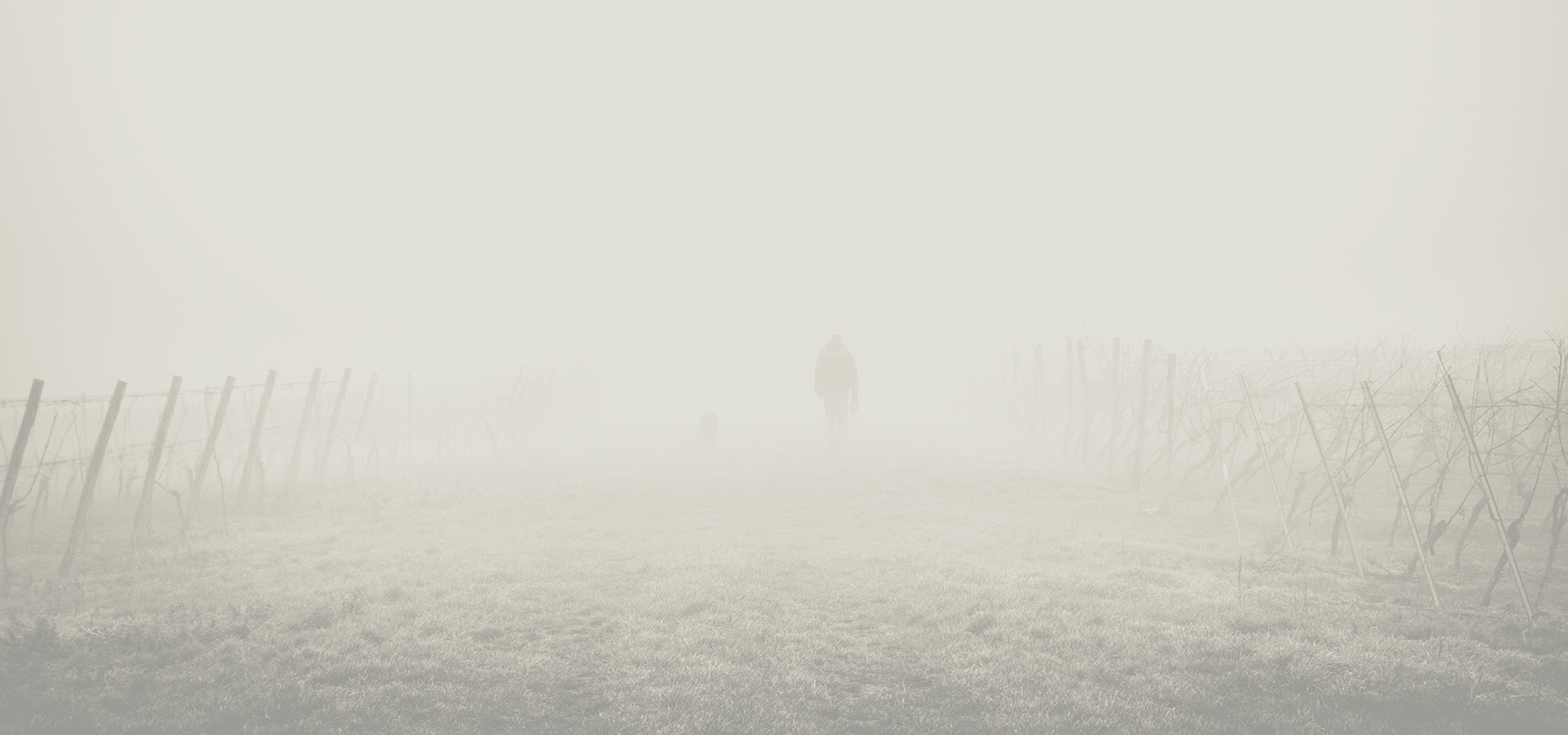Lorem ipsum dolor sit amet, consectetur adipiscing elit. Morbi eu nulla vehicula, sagittis tortor id, fermentum nunc. Donec gravida mi a condimentum rutrum. Praesent aliquet pellentesque nisi.

The Potnia Theron (Ancient Greek: Ἡ Πότνια Θηρῶν,[1] [hɛː pót.ni.a tʰɛː.rɔ̂ːn], lit. “The Animal Queen”) or Lady/Queen of Animals is a widespread motif in ancient art from the Mediterranean world and the ancient Near East, showing a central human, or human-like, female figure who grasps two animals, one to each side. Although the connections between images and concepts in the various ancient cultures concerned remain very unclear, such images are often referred to by the Greek term Potnia Theron regardless of culture of origin.
The term is first used once by Homer as a descriptor of Artemis and often used to describe female divinities associated with animals.
The word Potnia, meaning mistress or lady, was a Mycenaean Greek word inherited by Classical Greek, with the same meaning, cognate to Sanskrit patnī.
“Just as her dance and her beauty belong to the charm and splendor of free nature, so she too is intimately linked with everything that lives, with animals and plants. Artemis is the Lady of the wild beasts, but it also corresponds to the spirit of nature that she takes care of them like a mother, and then as a joyous hunter chases them with her bow.”
Walter Otto, The Gods of Greece, 1929
The oldest such depiction, the Seated Woman of Çatalhöyük, is a clay sculpture from Çatalhöyük in modern Turkey, made c 6,000 BC. This motif is more common in later Near Eastern and Mesopotamian art with a male figure, called the Master of Animals. Homer’s mention of Potnia Theron refers to Artemis; Walter Burkert describes this mention as “a well established formula”. An Artemis-type deity, a “Mistress of the Animals”, is often assumed to have existed in prehistoric religion and often referred to as Potnia Theron with some scholars positing a relationship between Artemis and goddesses depicted in Minoan art.
An early example of Italian Potnia theròn is in the Museo civico archeologico di Monte Rinaldo in Italy: a plate illustrates a goddess that wears a long dress and holds hands with two lionesses.
In the Aeneid, Virgil mentions that inside of Psychro’s Cave, in Crete, lived the goddess Cybele whose chariot was drawn by two lions.